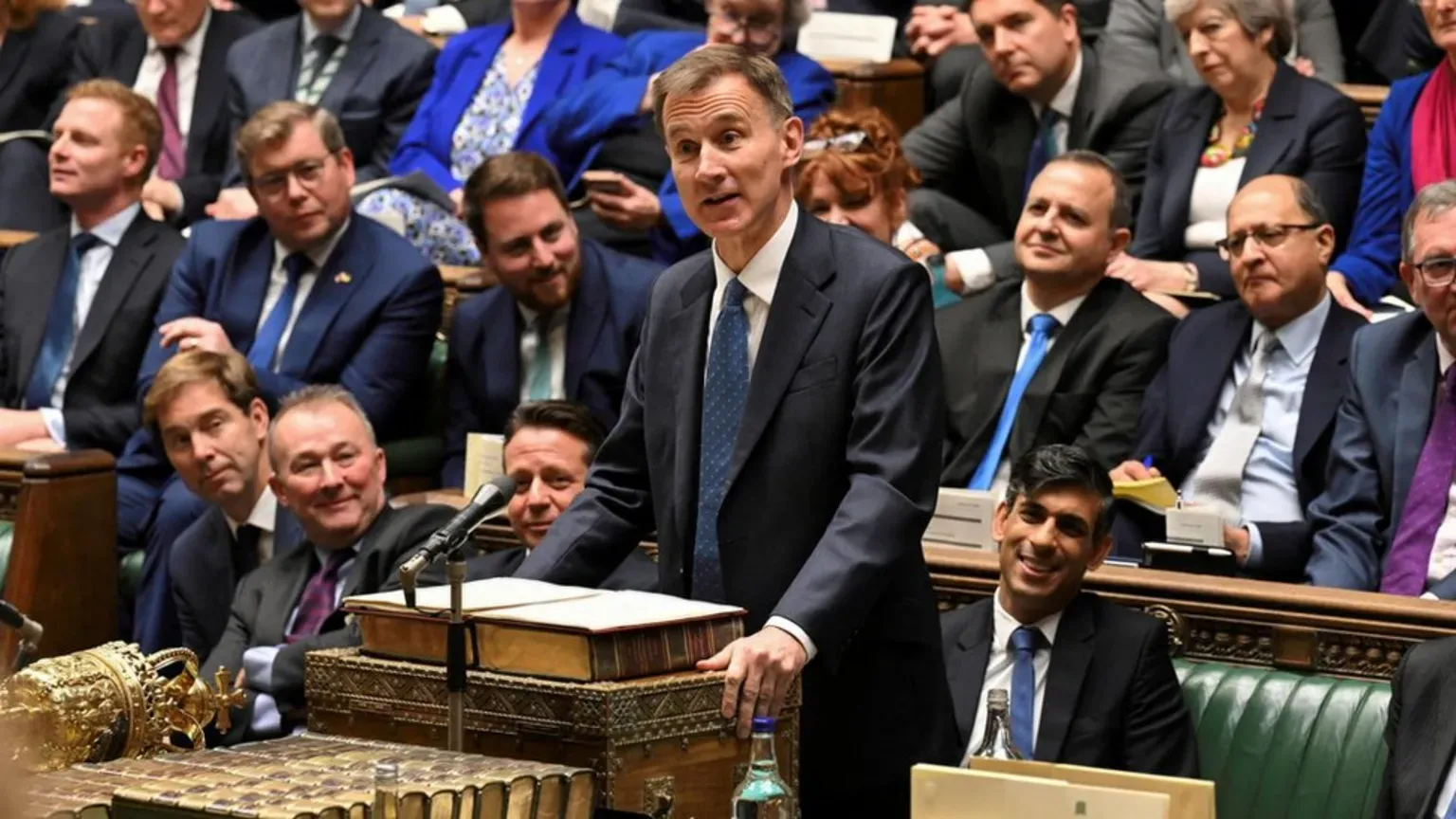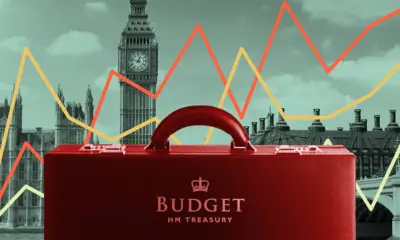Business
UK Economy Rebounds: What 2025’s Fiscal Policy Means for Growth

Introduction
After two years of subdued performance, the UK economy is finally gaining momentum in 2025. Official figures indicate that economic growth has surpassed expectations, supported by increased public investment, improved business confidence, and easing inflationary pressures. The government’s fiscal policy, focused on both stimulating demand and managing public debt, has played a central role in this rebound. However, while the current trajectory looks promising, the recovery remains uneven, and questions persist about how sustainable this growth will be in the years ahead.
Public Investment and Fiscal Discipline Driving Recovery
The government’s 2025 fiscal strategy represents a careful balance between stimulating the economy and maintaining fiscal responsibility. Public investment has been prioritized to strengthen key sectors such as transport, energy, and digital infrastructure. Increased spending on skills training and innovation has also aimed to enhance productivity, a long-standing weakness in the UK economy.
At the same time, fiscal discipline remains a guiding principle. The Treasury has committed to gradual deficit reduction, ensuring that the ratio of public debt to GDP stabilizes over the medium term. Economists note that this combination of targeted spending and cautious consolidation supports both immediate recovery and long-term resilience. The International Monetary Fund and several major financial institutions have described the UK’s fiscal stance as a pragmatic middle path, designed to promote sustainable growth without reigniting inflation.
Business sentiment has improved as a result of this balanced policy environment. Corporate investment, which had been sluggish in 2023 and 2024, is now showing modest gains. Firms in manufacturing, technology, and renewable energy have reported stronger order books, helped by new tax incentives and stable demand. The government’s focus on supporting green industries has been particularly influential, aligning fiscal measures with climate objectives and positioning the UK as a leader in sustainable growth across Europe.
Households and Consumers Feeling Gradual Relief
For households, the recovery has translated into small but noticeable improvements in living standards. After a prolonged period of high energy prices and stagnant wages, real disposable income is expected to rise slightly in 2025. Lower inflation and higher employment levels have contributed to stronger consumer confidence. Retail spending, which had contracted in previous quarters, has started to pick up again, especially in services and leisure sectors.
However, the benefits of growth are not yet evenly distributed. Many low-income households continue to face financial pressures, particularly due to high housing costs and rising rents. The government’s fiscal measures, including targeted subsidies and adjustments to tax thresholds, have helped to cushion some of these effects, but the overall recovery remains fragile.
Analysts warn that sustained growth in household income will depend on continued productivity gains and wage growth rather than temporary fiscal support. Without stronger private-sector momentum, the current upturn could weaken once public spending tapers off. To secure long-term stability, economists suggest further reforms in education, housing, and labour markets to address structural barriers that limit social mobility and economic opportunity.
Challenges and Risks on the Horizon
Despite the brighter outlook, several risks could derail the recovery. Global economic uncertainty remains a major concern, with slower trade flows and geopolitical tensions affecting export demand. Domestically, tight financial conditions and cautious consumer behaviour could limit growth in the second half of the year. The Bank of England’s approach to monetary policy will also play a key role in shaping the outcome. While inflation has eased significantly, interest rates remain relatively high compared to pre-pandemic levels, adding pressure on both consumers and businesses that rely on borrowing.
Fiscal risks also persist. The government has limited fiscal headroom to absorb future shocks, meaning unexpected spending pressures or revenue shortfalls could force difficult policy choices. Economists emphasize that while public investment is necessary to sustain recovery, it must be carefully prioritized to avoid overstretching the budget. Maintaining credibility in fiscal management will be essential to keep borrowing costs stable and investor confidence intact.
Another major challenge is productivity growth. The UK has struggled for over a decade to boost productivity across key industries, particularly in small and medium-sized enterprises. Without meaningful improvements in innovation and workforce skills, overall growth potential will remain constrained. This is why fiscal policy in 2025 is increasingly geared toward structural reforms rather than short-term stimulus.
Conclusion
The UK’s economic rebound in 2025 represents a welcome change from the uncertainty and stagnation of previous years. The combination of targeted public investment, cautious fiscal consolidation, and easing inflation has set the stage for moderate but stable growth. Businesses are regaining confidence, households are beginning to experience financial relief, and public finances are on a more sustainable path.
Nevertheless, the recovery is still in its early stages. Policymakers must remain vigilant against external shocks and ensure that fiscal policy continues to support long-term productivity and resilience. The key to maintaining momentum lies in deepening structural reforms, fostering innovation, and sustaining investment in people and infrastructure. If these goals are met, 2025 could mark the start of a stronger and more balanced economic era for the United Kingdom.




















